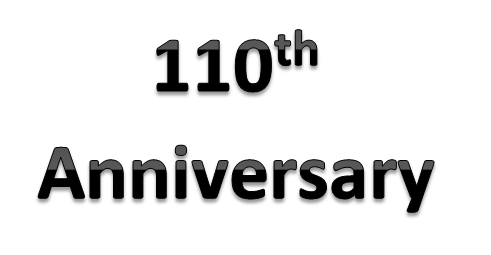Despite occurring 110 years ago, Chicago’s Iroquois Theatre Fire is still a gut-wrenching story of loss, tragedy, and missed opportunities. In the times before TV, radio, and the Internet, the most popular form of entertainment for young and old, rich and poor, was the live stage act. Even the smallest town had a theater or room to take in a play or musical performance. The turn of the 20th century was also a time before modern fire detection and safety measures were mandatory in public spaces. Seeing smoke and flame, often too late, was in many cases the only true way to know a fire had begun. Both of these historical facts came together at 24-28 W. Randolph Street in downtown Chicago on the afternoon of December 30, 1903.
The location, which today houses the Ford Center of the Performing Arts, was home to the recently constructed, six-story Iroquois Theatre. Before it even opened, both Chicago’s building commissioner and fire inspector deemed the Renaissance-style building as “fireproof beyond all doubt”. 
On December 30, a crowd of some 1,900 men, women, and children packed into the Iroquois to see a performance despite the theater only having a capacity of 1,724. On top of this, 27 of the Iroquois’ 30 exits were locked, many stagehands had left to have a drink, and oily rags littered the backstage area . . . to say the least, a recipe for disaster. Within an instant, as the crowd settled in following an intermission, a backdrop touched a white-hot calcium light and the fire began. Despite an attempt to lower an asbestos curtain, the fire quickly spread and panicked actors and audience members stampeded to the locked exits. According to news reports at the time, it only took minutes for hundreds to die a horrible death. The final count was 575 dead on the day, and 30 more in the following weeks. Yet, out of this horrific day, there was a ray of light. The tragedy began the modern fire safety movement, as within days there was a call for stronger safety standards for theaters and public buildings throughout America.
Because Chicago is our home and fire safety is our passion, this story of tragedy and ultimate redemption has always been important to the Fox Valley family. Sadly, it usually takes the senseless loss of life in order to create a safer future for the rest of us. This certainly was true in the case of the Iroquois Theater Fire.



